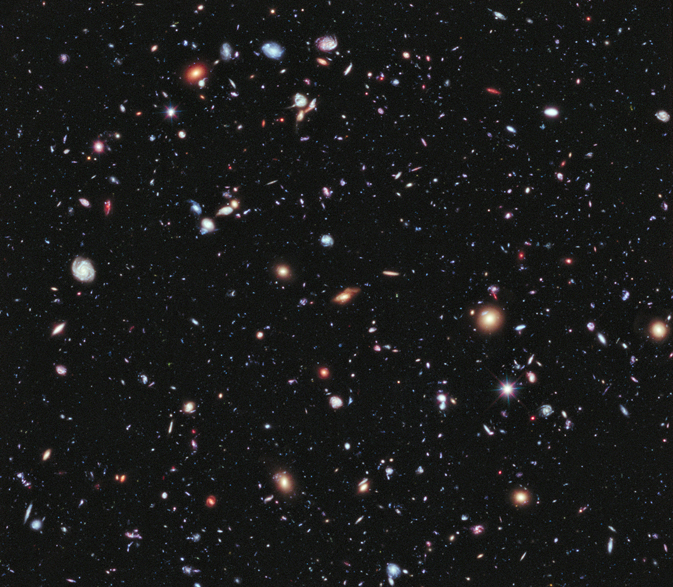
Figure 1 – The deepest image from the Hubble Space Telescope. ( NASA; ESA; G. Illingworth, D. Magee, and P. Oesch, University of California, Santa Cruz; R. Bouwens, Leiden University; and the HUDF09 Team).
There is another interpretation of the question of which space probe image is farthest away. This is the question of which image gives us a view deepest into space. As you might expect this answer comes from NASA’s Hubble Space Telescope. The image itself, shown here as Figure 1, called the eXtreme Deep Field, or XDF. is quite amazing in that it was “assembled” from ten years of photographs taken by Hubble of a single region of the sky in the southern constellation Fornax, at multiple wavelengths. There were fifty days of observation, and it combines approximately 2000 images, showing about 5,500 galaxies.
The XDF is the deepest image of the sky ever obtained. And most significant are the faint galaxies in the image. These date back 12.8 billion years, within a universe’s blink of the big bang that created it all 13.7 billion years ago. Truly we are looking at the cauldron of the gods.
We have spoken before about the ability of photography to take us back in time, and never is that more true than here. We are literally looking back in time. When you look up at the night sky, what you see is the light that simultaneously reaches you. But every star is light years away and as a result everywhere you look comes from a different point in time. The whole concept of simultaneity is turned on its head. Essentially what becomes important is not when things actually happened but what is captured by the telescope/camera in the instant of exposure. And even the term instant requires new definition. Is the combination of fifty days of long exposures really an instant?
